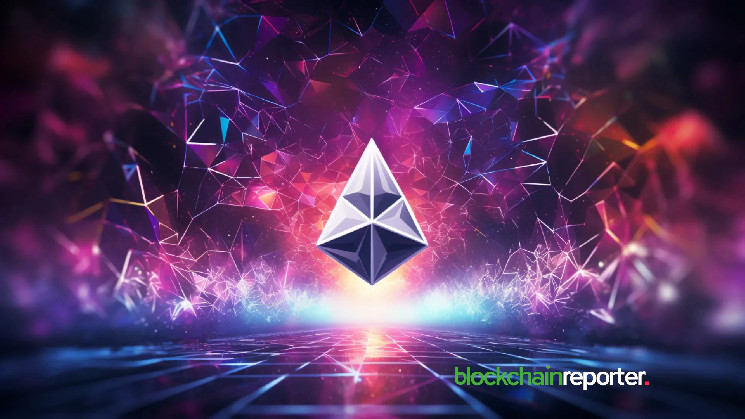Celestia Labs has released Blobstream, formerly the Quantum Gravity Bridge, to increase the availability of Ethereum data. This advanced technology helps Ethereum developers build high-throughput Layer 2 (L2) applications, transforming Ethereum scalability and adoption.
Celestia Labs’ Blobstream supports Ethereum developers with L2 solutions
Blobstream sends Ethereum Celestia data root commitments via an on-chain light client. These capabilities allow Ethereum developers to implement Layer 2 (L2) solutions such as smart contracts. L2 programming becomes more accessible to developers by democratizing it.
The new Blobstream approach uses Data Availability Sampling (DAS), an Ethereum research topic from 2017. The decentralized availability system allows users to actively improve the accessibility of Celestia bundled data. The user receives a sample light node only to discover that Celestia validators are withholding data or producing invalid blocks.
DAS protects end-user security while managing growing data needs from various rollups. Celestia can increase data throughput as the light node network grows. This expands Ethereum’s Layer 2 ecosystem, supporting new applications and reducing data availability issues.
L2 solutions on Ethereum can be created using Blobstream and DAS, such as smart contracts. Importantly, this trend is not limited to wealthy developers. It makes contributing to Ethereum’s scaling solutions easier and more thorough for developers.
Succinct Labs’ Blobstream X zero-knowledge (ZK) implementation increases the performance and security of the Celestia protocol. This ZK solution authenticates the blockchain signatures of Celestia validators using a light client. This simplifies the protocol and reduces validator work.
Data availability is faster using Blobstream X for Ethereum Layer 2 data root commitment streaming. It discusses benefits and a way to explore zero-knowledge (ZK) proofs for qualities beyond consensus, such as erasure coding and block validity requirements. This gives Ethereum developers several options.
Blobstream and Blobstream X available for testing on Ethereum Testnet
The testnet supports Blobstream and Blobstream X, allowing Ethereum’s Layer 2 solutions and rollup frameworks to test advanced technologies. The introduction of Blobstream on Ethereum Mainnet and Ethereum L2s will improve data accessibility and scalability.
Layer 2 platforms Arbitrum and Optimism communicate transaction data instantly to on-chain call data. Gas, a processing and storage resource in Ethereum, contains call data. This method costs leading L2 providers millions in calling data every year.
Data Availability Committees (DACs), usually secured by trusted organizations, can settle L2 solutions on Ethereum. DACs offer greater throughput than on-chain call data publishing, but require trust. This assumption requires users to trust that a small committee or validator group is not withholding data.

